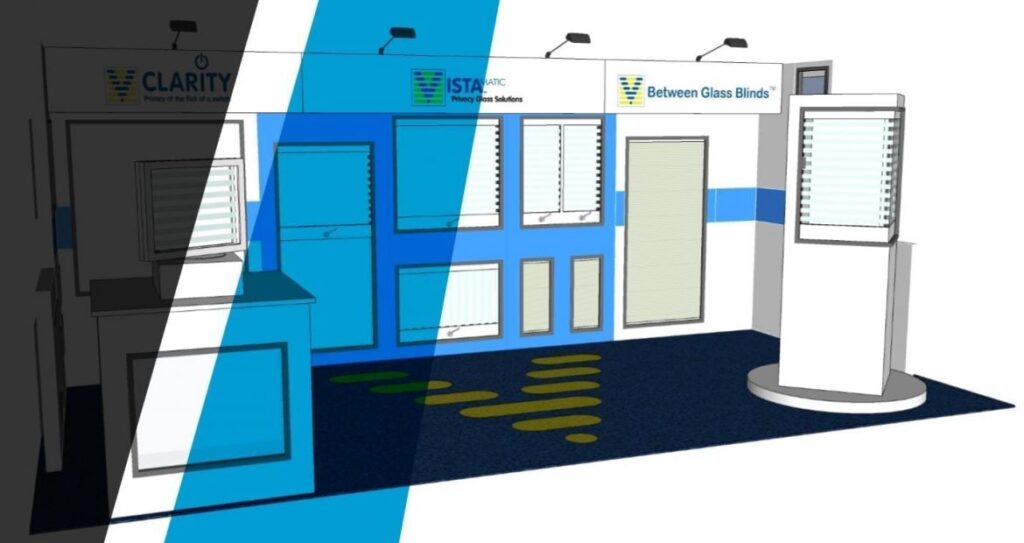Workers’ Compensation by Healthcare Design Magazine
August 18, 2021Originally published in the August 2014 edition of Healthcare Design Magazine by Barbara Horwitz-Bennett. Visit www.HCDMagazine.com to view the full article.
Rethinking Staff Spaces in Healthcare Facilities
The days of healthcare staff lounges filled with mismatched chairs and shaky tables are over. Today, providing a comfortable space for staff is a top priority for many healthcare leaders. These spaces now serve a bigger purpose—helping improve staff productivity, satisfaction, and retention.
Modern break rooms often resemble upscale business lounges. Nurses’ stations are designed to support comfort, efficiency, and workflow.
According to Carolyn BaRoss, design principal at Perkins+Will, “Reducing stress and fatigue and offering ergonomic support are now key goals. It makes sense for healthcare organizations to create workplaces where staff feel good and perform well.”
From Afterthought to Priority
In the past, staff areas were usually squeezed into leftover corners of a building. Bob Schilling, senior principal at Champlin Architecture, explains, “Staff often had to borrow space just to take breaks or attend training.”
However, priorities have shifted. Today, staff areas are often included in the early planning stages. The Facility Guidelines Institute recommends allocating at least 100 square feet for staff lounges. But Haley Driscoll of Francis Cauffman says even 80 square feet can work—if designed well.
“It’s less about how much space you give, and more about how you use it,” adds BaRoss. Placing staff areas in the right location makes them more useful and accessible.
Location Matters
Staff break rooms should be near their work areas. Unfortunately, patient zones often take up most of the nearby space. As a result, finding room for both convenience and privacy can be difficult.
Schilling notes that separating break spaces from treatment areas is essential. Staff need physical and mental space to recharge without distractions. Still, hospitals remain focused on the patient experience, so staff features must support outcomes—not just provide comfort.
“Every element must serve a purpose—such as reducing stress, improving communication, or saving time,” says Schilling.
Visibility vs. Accessibility
It’s also important to consider visibility. Families may feel uneasy seeing staff on break while loved ones receive care. Jennifer Aliber, principal at Shepley Bulfinch, recommends placing break rooms at the ends of patient units to keep them discreet.
However, if a break room is too far away, staff may skip their breaks. David Derr, also from Shepley Bulfinch, suggests placing rest areas within the unit, even if the floor plan is long. This ensures staff can access them quickly.
Comfort Counts
Designers aim to make staff spaces feel warm and inviting. Driscoll notes, “We include varied seating like café tables, computer carrels, lounge chairs, and even recliners.” Natural light and quiet areas also support rest and reflection.
At Cleveland Clinic Abu Dhabi, break rooms are styled like airport lounges with soft lighting, plush seating, and sound-absorbing finishes. Meditation rooms offer solitude and peace.
At Dallas’ Parkland Hospital, staff enjoy outdoor courtyards and dedicated lactation spaces. St. Joseph’s hospitals in New Jersey include “Watson Rooms” with soft lighting and music—designed to help nurses recharge and provide better patient care.
Expanded Amenities
More hospitals are offering outdoor dining areas, walking trails, and even bike racks with showers. Some provide helpful services like dry cleaning or on-site pharmacies.
Designers also use different colors, materials, and furniture in staff spaces to separate them from patient zones. “Removing logos and branding helps caregivers mentally disconnect from work,” BaRoss explains.


